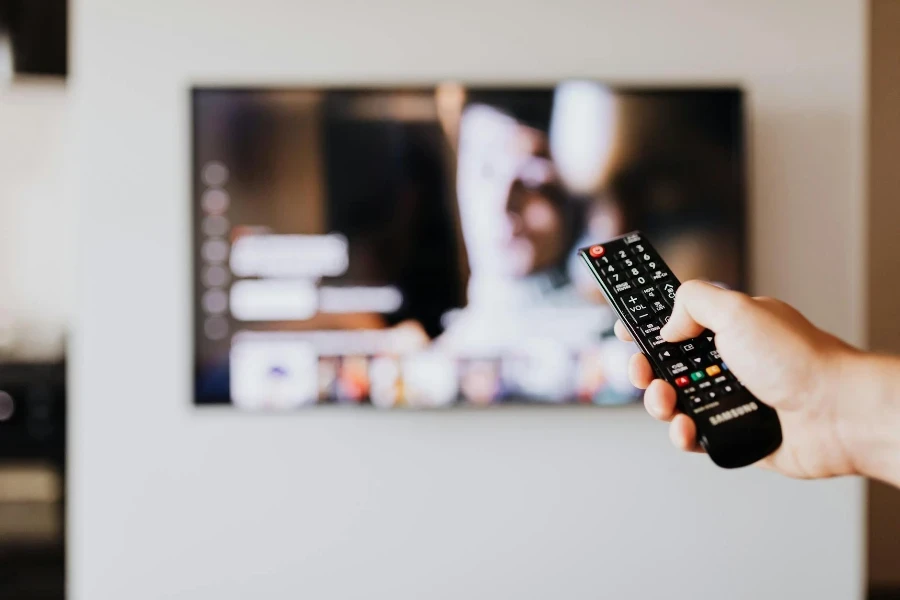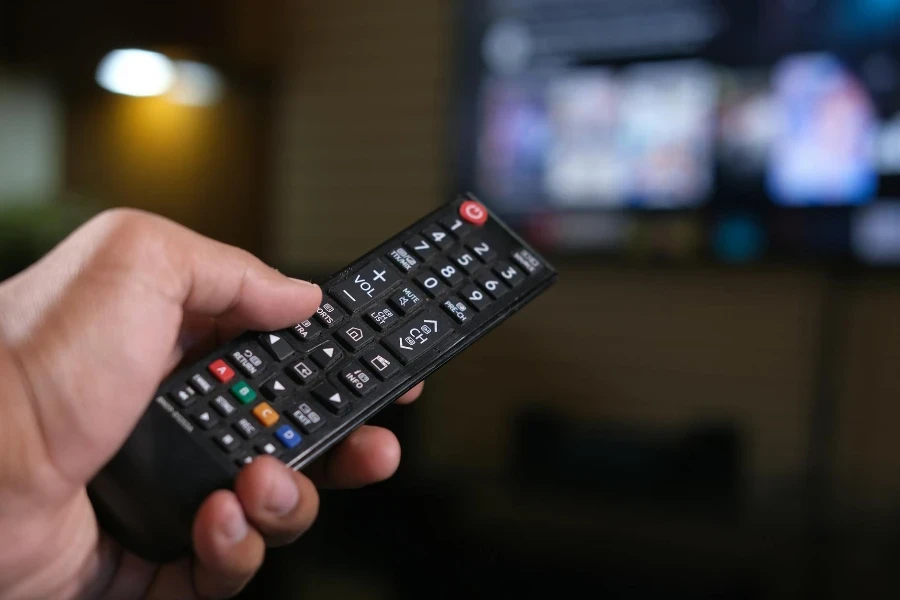Gone are the days of juggling multiple remotes for your TV, DVD player, soundbar, and other devices. Enter the universal TV remote, a singular solution designed to streamline your entertainment experience. This comprehensive guide explores the ins and outs of universal TV remotes, from how they work to selecting the perfect one for your home.
Table of Contents:
– What is a universal TV remote
– How does a universal TV remote work
– Benefits and drawbacks of a universal TV remote
– How to choose a universal TV remote
– How to use a universal TV remote
What is a universal TV remote

A universal TV remote is a versatile device engineered to control multiple electronic devices, regardless of their brands or models. It’s designed to replace the multitude of remotes that can clutter your living space, offering a single, comprehensive control solution. These remotes are equipped with the capability to mimic the infrared (IR) signals of other remotes, making them compatible with a wide range of devices beyond just televisions, including DVD players, sound systems, and even some smart home devices.
How does a universal TV remote work

Universal TV remotes operate primarily through infrared (IR) signals, the same way most individual device remotes work. They come pre-programmed with a vast library of device codes, which allow them to mimic the specific IR signals of different devices. Some advanced models also use radio frequency (RF) signals or Bluetooth connectivity, enabling them to control devices without the need for direct line-of-sight. Additionally, many universal remotes offer learning functions, where they can “learn” from the original device remote by directly receiving its IR signal, further enhancing their compatibility.
Benefits and drawbacks of a universal TV remote

The primary benefit of a universal TV remote is the convenience of controlling all your devices with one remote, reducing clutter and simplifying the user experience. They can also offer advanced features not available on standard remotes, such as macros, which allow you to program a series of actions into a single button press. However, there are drawbacks, including the initial setup, which can be complex and time-consuming. Additionally, some highly specialized functions of original remotes may not be supported, and the ergonomics or button layout may not suit everyone’s preferences.
How to choose a universal TV remote

When selecting a universal TV remote, consider compatibility first and foremost. Ensure it supports all the devices you wish to control, including any specific functions you frequently use. Look for remotes with a comfortable grip and intuitively arranged buttons. If you have a complex setup or use smart home devices, consider a remote with programmable or learning features for greater flexibility. Also, think about connectivity options (IR, RF, Bluetooth) based on the configuration of your entertainment system and the location of your devices.
How to use a universal TV remote

Using a universal TV remote typically involves an initial setup process where you program it to communicate with your devices. This can be done through direct code entry from a provided list, automatic code search, or the learning feature if your remote has one. Once set up, using the remote is straightforward—simply select the device you wish to control (TV, DVD, etc.) and use the remote as you would the original. Many remotes also allow for customization and programming of macros for executing multiple commands with a single button press.
Conclusion:
A universal TV remote is an invaluable tool for anyone looking to streamline their home entertainment system. By understanding how these remotes work, their benefits and drawbacks, and how to select and use one, you can enhance your viewing experience, reduce clutter, and enjoy the convenience of controlling all your devices with a single remote. Whether you’re a tech enthusiast or just seeking simplicity, a universal TV remote is a smart addition to any home entertainment setup.




